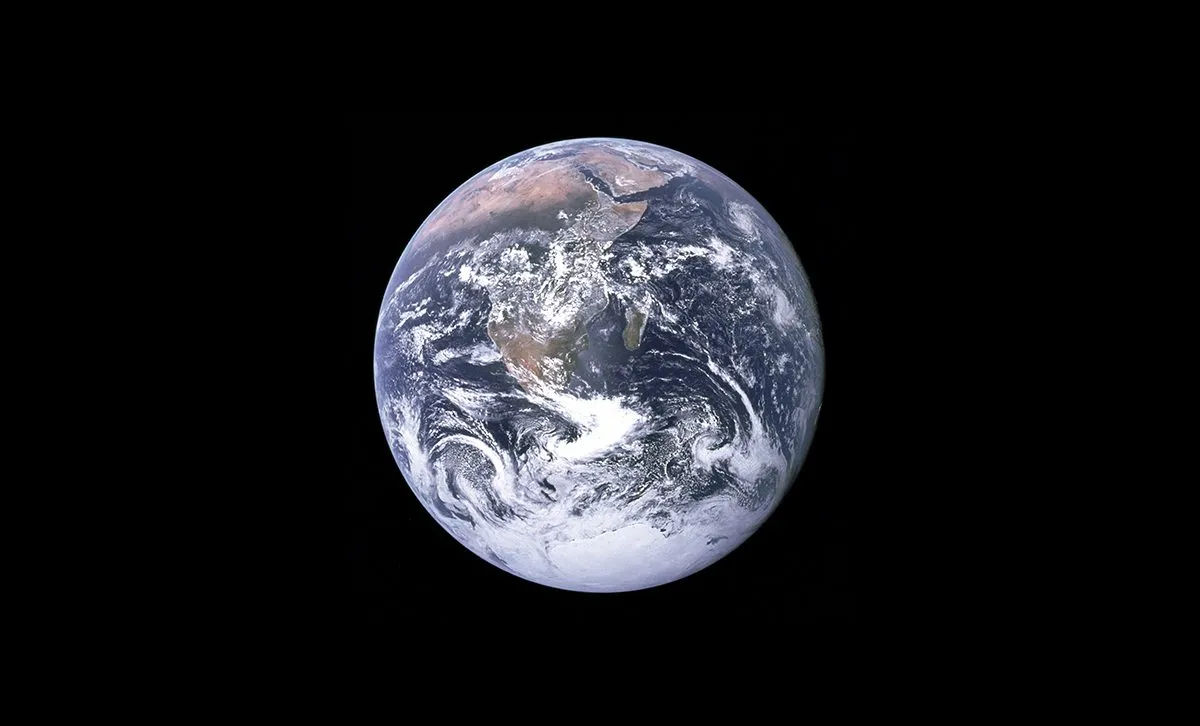The chances of an intelligent alien species currently existing in our Galaxy are pretty slim, according to new research.
A study looked at what it would take for an intelligent species to evolve on a distant planet, and the conditions required for that species to be technologically productive.
More on alien life

The results of the study spell bad news for the likelihood of a technologically-advanced alien society currently existing elsewhere in our Galaxy.
But that's not the whole story...

Slim chances of finding intelligent alien life
A team of scientists say the closest technological alien species to us in our Galaxy could be 33,000 lightyears away.
What's more, they would have to be at least 280,000 years old – possibly millions of years old – if they are to exist at the same time as humans.
These conclusions were drawn by scientists looking at the small odds of finding an Earth-like world with plate tectonics and with the right chemicals in its atmosphere.
The possibility for the success of finding extraterrestrial intelligence is bleak, say Dr Manuel Scherf and Professor Helmut Lammer of the Space Research Institute at the Austrian Academy of Sciences in Graz.
"Extraterrestrial intelligences in our galaxy are probably pretty rare," says Scherf.

An atmosphere for life
The team looked at the need for the right balance of chemicals in a planet's atmopshere, and the need for that planet to have plate tectonics.
They say the more carbon dioxide a planet has in its atmosphere, the longer it can sustain a biosphere, sustain photosynthesis and prevent its atmosphere from escaping into space.
Too much carbon dioxide leads to a runaway greenhouse effect, or simply making the air unbreathable for life.
Plate tectonics are important too, the team say, as this regulates the amount of carbon dioxide in the atmosphere. A habitable planet needs plate tectonics.
"At some point enough carbon dioxide will be drawn from the atmosphere so that photosynthesis will stop working," says Scherf.
"For the Earth, that’s expected to happen in about 200 million to roughly one billion years."
Earth’s atmosphere is 78% nitrogen and 21% oxygen, and also contains trace gases like 0.042% carbon dioxide.
The team considered what would happen on a planet with 10% carbon dioxide.
They say such a planet could avoid a runaway greenhouse if it's further from its host star, or its star is younger and less luminous.
With those conditions met, a biosphere could be maintained for 4.2 billion years, they say.
An atmosphere with 1% carbon dioxide could maintain a biosphere for a maximum 3.1 billion years.

The need for fire
As well as this, the minimum amount of oxygen required to produce larger, complex animals is 18%, the team say.
This is also the amount of oxygen required to produce fire in the open air. Without the ability to produce fire, an alien species could be stunted early on in its evolution.
It took 4.5 billion years for technological life to emerge on Earth, but for how long can such a species exist?
The team say that all these considerations lead them to conclude a technological species living on a planet with 10% carbon dioxide would have to survive for at least 280,000 years, for there to be just one other civilisation in the Galaxy at the same time as us.
"For 10 civilisations to exist at the same time as ours, the average lifetime must be above 10 million years," says Scherf.
"The numbers of intelligent extra-terrestrials are pretty low and depend strongly upon the lifetime of a civilisation."
If the team are right, that means that if we do detect such a species, it will almost certainly be much older than humanity.

Hope for the future?
However, Scherf says there are other factors to be considered, like where life comes from, the origin of photosynthesis and the chances of life developing technology.
But, he says, these conditions can't yet be nailed down. If these factors have a high probability, intelligent alien life may not be as rare.
"Although ETIs might be rare there is only one way to really find out and that is by searching for it," says Scherf.
"If these searches find nothing, it makes our theory more likely, and if SETI does find something, then it will be one of the biggest scientific breakthroughs ever achieved as we would know that we are not alone in the Universe."

